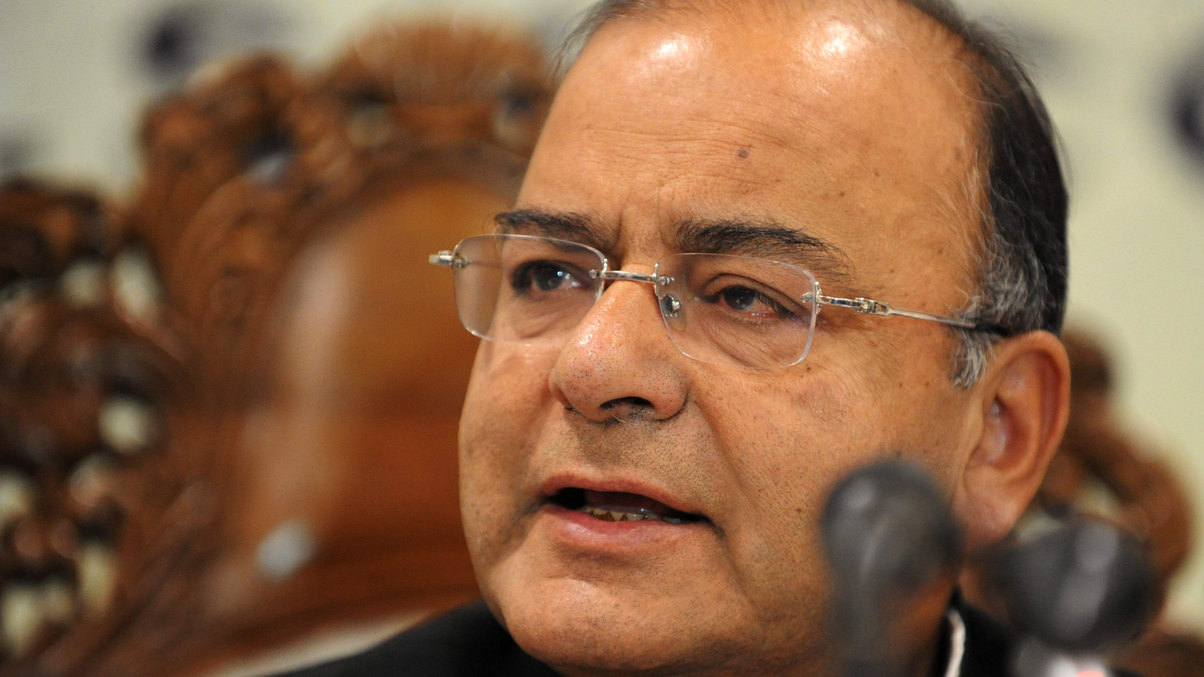Hopes rise over Indian bond investment cap
Managers are hopeful that India's new finance minister will lift the cap on foreign investment in domestic government bonds, which were over-subscribed in an auction this month.

Fund managers have expressed hope that India’s new administration will raise foreign investor limits on government bonds in today’s budget, which they argue have choked demand.
Sign in to read on!
Registered users get 2 free articles in 30 days.
Subscribers have full unlimited access to AsianInvestor
Not signed up? New users get 2 free articles per month, plus a 7-day unlimited free trial.
¬ Haymarket Media Limited. All rights reserved.


